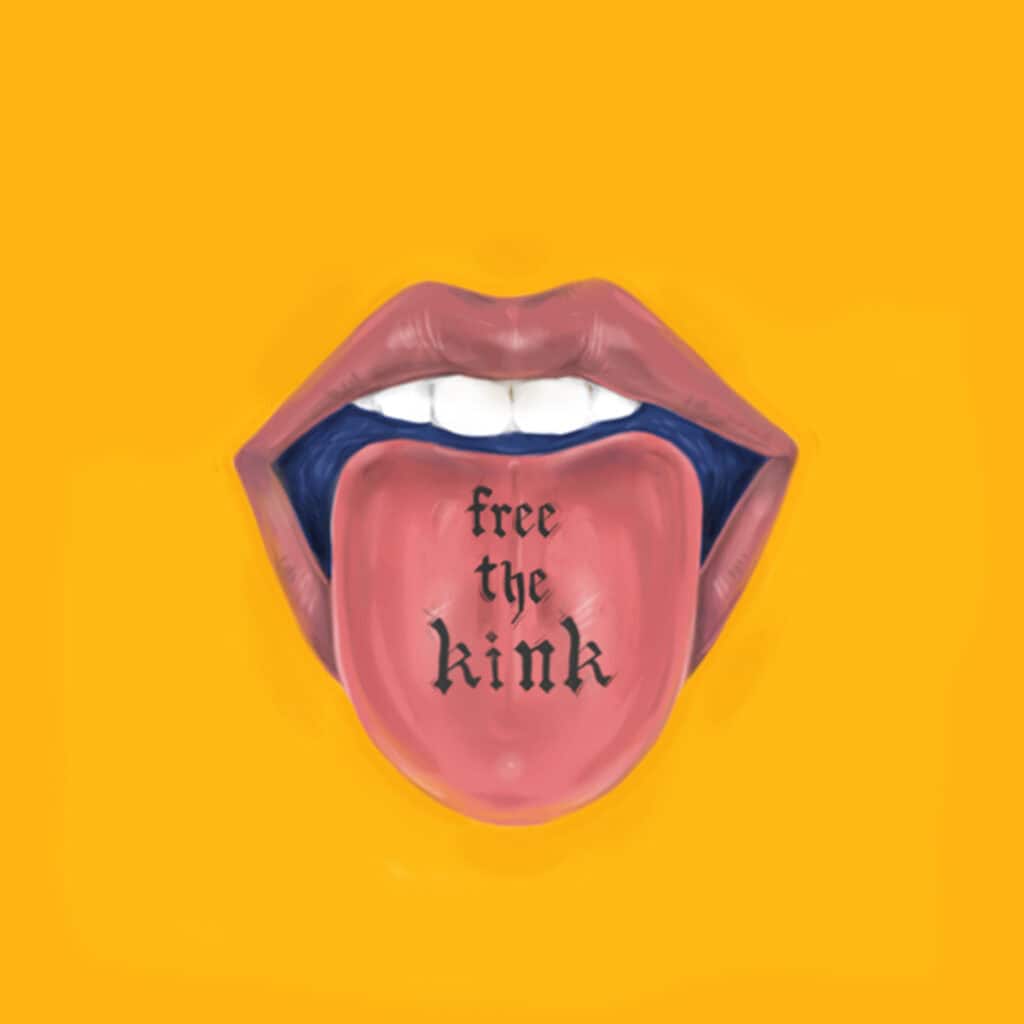The Kinky Couch: A Therapist’s Guide to Kink Affirmative Therapy

Chains. Whips. Dog Collars?
What comes to mind when you hear these words? Just another Tuesday night? Uncomfortable.. haha wtf giggles? A mix of fascination or curiosity? Your mileage with kink may vary but we’ve all heard of at least one kink that made us go…um are people really into this?
The “K-word” is loaded with misunderstandings and a lot of internalized shame. But what if I told you there was so much more to kink, beyond these tired leather-clad stereotypes? Kink at its core, is a consensual and non-traditional sexual preference. There’s a whole spectrum of practices that falls within the kink umbrella the most well-known being BDSM or roleplay. But, the sky really is the limit when it comes to the range of our desires and preferences.
As a therapist, I work up close and personal, with these biases and desires. I have been on a journey with my clients feeling their grief and fear but also their excitement and curiosity. Through this journey, I’ve also grown into a more culturally sensitive practitioner. So how about a little invitation? I would like for you to peep in (with consent, of course) as I share my journey as a Kink Affirmative Therapist.
1) Tickle your Taboos:
Our sexual desires tend to be deep-rooted in shame. It takes a surprisingly long time to get discovered, and longer still to be accepted. Conversations about kinks in therapy are, in fact, a lot less about sex (who would’ve thought) and more about dealing with these feelings. Learning to explore and accept the parts of ourselves which we feel ashamed or embarrassed about. These narratives around sexual desires, kinks and fantasies are still deeply culturally influenced. What’s seen as ‘normal’ is, what we have normalized. And what doesn’t fit this narrow box of “normal” is stigmatized. The cultural consensus views folks who have and express these desires to be weird, broken and deviant.
My anger towards the system is subtle but still actively present in the session. The frustrating part is that the only way I can contribute towards change in the system is also by being a part of it. So I take a deep breath through my anger and give their experiences a space to create their own normal.
2) Whips, chains and chuckles:
A trend I have come to notice is the significance of Play when it comes to clients and their kink selves. There’s no wrong way to play or an end goal, it’s more about exploring and having fun through the process. It can be deeply empowering for clients to explore their needs and desires without pressure or the need to fit into the restrictive boxes of “normal.” Whether it’s thrill play, reading erotic literature or roleplay, it’s a way to honour and celebrate their diverse desires.
3) Kinky ABC’s
The crux of any kink practices is affirmative consent, safety and open communication. Without these guiding frameworks, it can cross into the territory of abuse. It’s a conversation I often revisit with my clients in navigating their journey through kink. Their comfort levels, limits and boundaries can change with time. So it’s important to centre these principles throughout the process.
4) Rainbow and Ropes:
You’d be surprised how many people confuse kink with queerness. As a person and professional on the other end, it can be really upsetting. I’m often torn between my identity as a member of the community vs. my therapist self in these situations. It can be exhausting to take on the responsibility to build awareness and sensitize people. My therapist self usually takes over, and I gently explain the nuances of these identities.
A large part of my clients’ kink exploration involves understanding that kink doesn’t make someone queer or vice versa. Kink can intersect with other identities, which influences how it is experienced and expressed. It can also further facilitate the exploration of gender, relationships and identities. But the bottom line is, being kinky doesn’t equal being queer!
5) There’s an ‘I’ in Kink:
It has been liberating, deeply uncomfortable and reassuring to become aware of how my own sexual history has affected how I make space for clients’ experiences. I catch myself in the moment, observing the emotions it brings up for me and how I might inadvertently communicate them. These not-so-conscious cues play a big role in my therapeutic process. Despite my experience with kink affirmative therapy, I am still constantly learning and growing in my understanding of human desires and practices. It’s important to be aware, stay curious and keep broadening my cultural understanding of all things kink.
As my couch chronicles continue, I realize the importance of getting in touch with my desires and fantasies. In true therapist fashion, I want to remind all of you of the power of getting vulnerable and honest about this with yourself before anything else. Remember, crafting your own narrative is the ultimate power move; and accepting your kinks and desires can be one of the most liberating ways to do it!
So, whether you’re belting it out from the mountaintops or sharing your kink escapades on a need-to-know basis- it’s your show! Till then, let’s commit to having these conversations, celebrate our quirks, and never stop learning.
